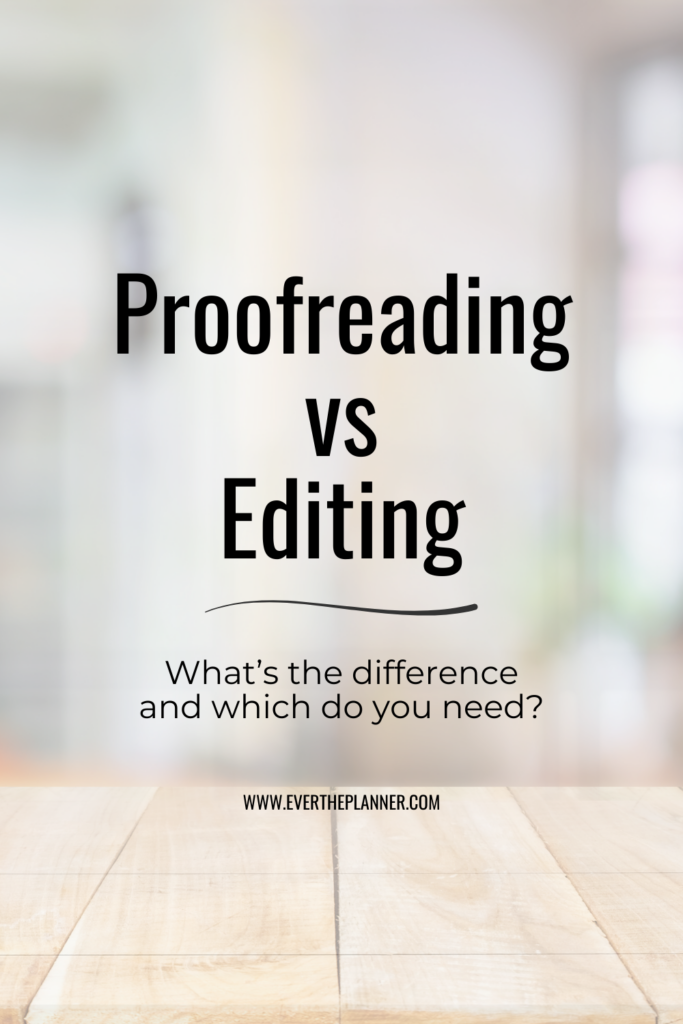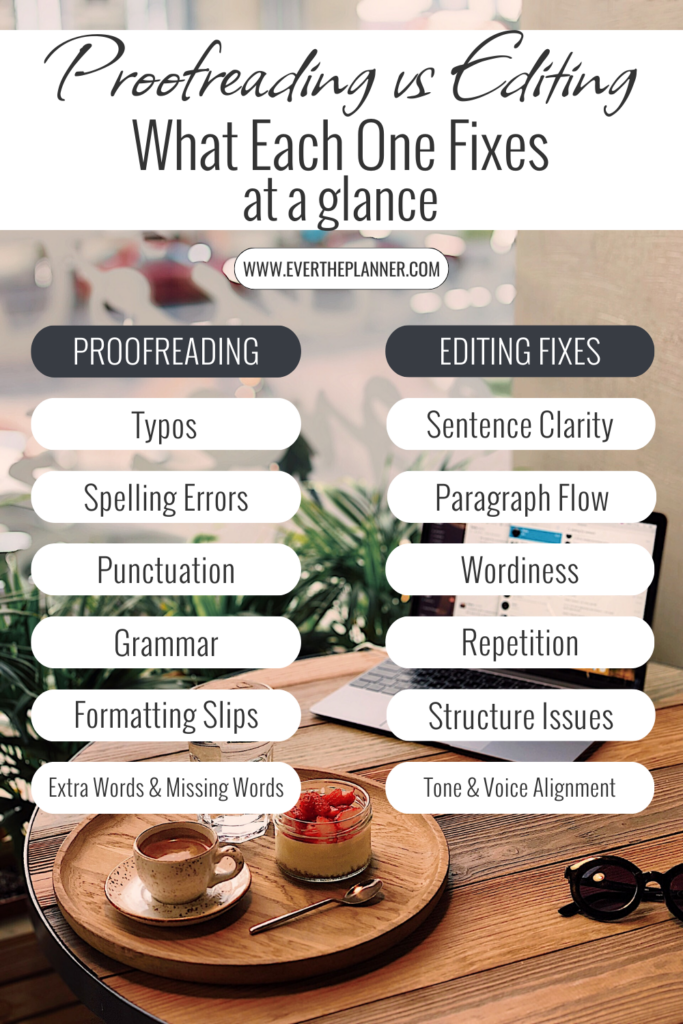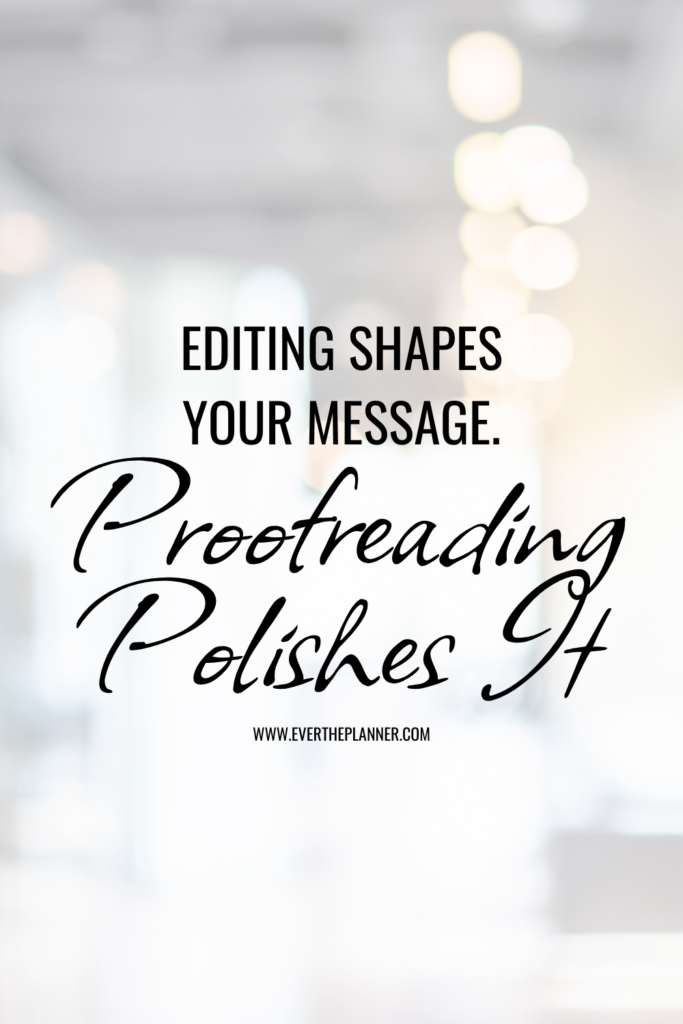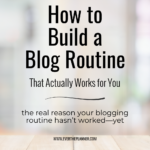Proofreading vs Editing: How to Know Which One You Need

Ever wondered if you need a proofreader or an editor—or what the difference even is? You’re definitely not the only one. Proofreading vs editing is one of the most common areas writers get confused, especially since both are meant to help you improve your writing.
But here’s the thing: knowing the difference between proofreading and editing can save you time, money, and frustration. When you understand what kind of support your writing actually needs, you’ll get the right help without paying for something you don’t.
This guide breaks it all down in simple terms. You’ll learn exactly:
- What a proofreader does (and doesn’t do)
- What an editor does
- And how to choose between proofreading and editing with confidence
Let’s make it clear—and easy.
🔍 TL;DR: What You’ll Learn
- The key difference between proofreading and editing
- What a proofreader actually does
- What an editor actually does
- How to choose which one you need (and when)
What Does a Proofreader Do?
If you’re wondering what a proofreader does, here’s the simplest way to think about it: A proofreader’s job is to find and fix small mistakes after the writing and editing are done.
This includes catching:
- Typos and spelling mistakes
- Grammar slip-ups
- Missing words
- Punctuation errors
- Formatting issues (like extra spaces or inconsistent style)
Proofreaders don’t rewrite your sentences or change your ideas. Their focus is on making sure what you’ve already written is clean, correct, and ready to be published or shared.
Think of proofreading as the final polish—the last step that makes your writing look professional and trustworthy.
If you’ve finished writing and editing and feel good about what you’re saying, a proofreader is the extra set of eyes that helps you catch the little details that could distract readers or hurt your credibility.
In short:
A proofreader fixes small errors so your writing can shine—without changing your voice or message.
What Does an Editor Do?
If you’re wondering what an editor does, here’s the difference: Editors look at the big picture.
Instead of fixing small slip-ups, they focus on how your writing flows, how clearly your ideas come across, and how well everything works together.
An editor might suggest:
- Moving paragraphs around for better flow
- Rewriting sentences that feel confusing or awkward
- Cutting sections that aren’t adding value
- Adjusting the tone to better fit your audience
Where proofreaders clean things up, editors help shape the message itself. Their goal is to make sure your writing is organized, easy to follow, and says exactly what you want it to say—with clarity and purpose.
In short:
An editor helps strengthen your structure, sharpen your ideas, and make your writing more effective overall.
Proofreading vs Editing: What’s the Real Difference?
Proofreading and editing are both important—but they do very different things.
Here’s a simple way to understand the difference between proofreading and editing at a glance:
| Editing | Proofreading |
|---|---|
| Focuses on ideas, structure, clarity, and flow | Focuses on grammar, spelling, punctuation, and typos |
| May suggest big changes like rewriting or reorganizing sections | Only corrects small surface-level mistakes |
| Happens earlier in the writing process | Happens last, after writing and editing are complete |
| Improves how well your message connects with readers | Polishes your work so it looks clean and professional |
An Easy Way to Picture It:
Imagine you’re building a house.
- Editing is when you move walls, adjust the layout, and make sure every room has a purpose.
- Proofreading is when you fix tiny cracks, touch up the paint, and sweep the floors right before guests arrive.
Both steps are important—but they happen at different times, and for different reasons.
Knowing which one you need can save you a lot of time, money, and frustration later.

Proofreading vs Editing: How to Choose the Right One for Your Writing
Choosing between proofreading and editing really comes down to what your writing needs right now.
If your content is clear, complete, and says what you want it to—but you want to clean up small errors—you’re probably ready for proofreading.
If your writing still feels a little messy, unclear, or hard to follow, editing will help you strengthen it before worrying about the little stuff.
Here’s a quick way to figure it out:
✅ Choose proofreading if:
- You’re happy with your content overall
- You just want to fix typos, grammar mistakes, or formatting issues
- Your final draft is ready to publish, post, or send
✅ Choose editing if:
- Your writing feels confusing or disorganized
- You’re unsure if your ideas are clear
- You want feedback on structure, tone, or flow
Still not sure how to choose between proofreading and editing?
Here’s a simple tip:
✨ When in doubt, start with editing.
You can always proofread later once the big-picture changes are done.
Pro tip: If you’re doing early edits yourself, a tool like Grammarly can help flag grammar and clarity issues—but it’s still smart to follow up with human eyes.
If you’re working on something more formal or client-facing, it can also help to check your work against a style guide like the Chicago Manual of Style—especially for formatting, citations, or consistency in professional documents.

Proofreading vs Editing: Final Thoughts & Which One You Need Right Now
Proofreading and editing are both essential—but they help your writing in different ways.
Editing shapes your message. Proofreading polishes your final draft.
Knowing which one you need can save you time, money, and stress—and help your words land the way you intended.
If your writing already says what you want it to say and you just want to make sure it’s clean, clear, and professional, proofreading is your next step.
And if you’re looking for a second set of eyes to help you catch those easy-to-miss errors? I’ve got you.
👉 Click here to learn more about my professional proofreading services.
Your words matter. Let’s make sure they shine.





Be the first to comment